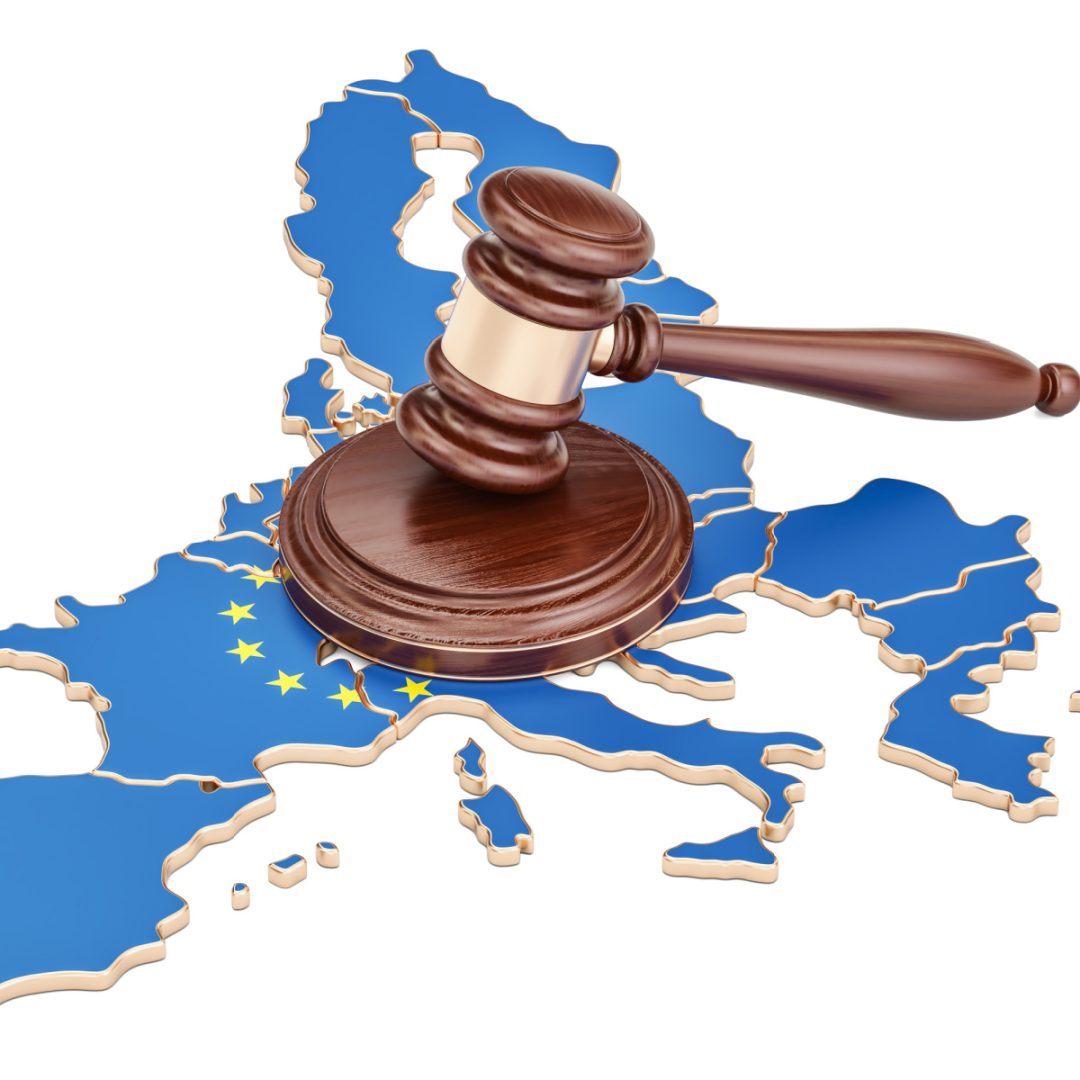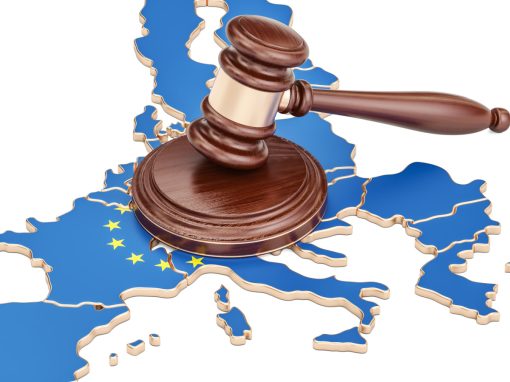In a political and legal grouping such as the EU, it makes sense in terms of delivering justice efficiently that overlapping or concurrent proceedings should be minimised and this also has the benefit of avoiding conflicting judgements, which might arise if cases are decided separately.
This is the purpose of Article 8(1) Brussels I (recast) and the provisions and intention of this law were recently considered by the CJEU and applied in the context of an infringement proceeding for the “VOGUE” trade mark owned by Advance Magazine Publishers (“AMP”) and two distributors of an energy drink called “Diamant Vogue” in Poland and Germany.
In this case, the CJEU found that the Dusseldorf German District court correctly used its International jurisdiction in considering identical infringements in Germany and Poland.
Determining the competent court for trade mark and design infringement proceedings in the EU is clear for cases with one defendant. Art. 125 EUTMR and Art. 82 CDR provide a scheme to work out where jurisdiction lies depending on where the defendant and plaintiff are based (as helpfully explained by the IPKat here).
But what if there are two or more defendants, domiciled in different EU Member States? For them, the question whether they can be sued before the same court is answered by Art. 8(1) Brussels I (recast):
A person domiciled in a Member State may also be sued:
(1) where he is one of a number of defendants, in the courts for the place where any one of them is domiciled, provided the claims are so closely connected that it is expedient to hear and determine them together to avoid the risk of irreconcilable judgments resulting from separate proceedings.
So far, so clear, but what if the infringement Is by two independent companies based in different EU countries? What if they were linked by an exclusive distribution agreement, would that make a difference?
This was the additional question of interpretation addressed by the Court of Justice of the European Union (CJEU) in decision C-832/21 (Beverage City & Lifestyle GmbH and others (“BCP”) vs Advance Magazine Publishers (“AMP”)). Here the CJEU considered whether a German court’s decision was correct that joint jurisdiction was appropriate in the case of two independent companies (one Polish and one German, which were connected by an exclusive distribution agreement) and their respective Polish and German CEOs based in Poland and Germany.
AMP began proceedings against all four of these defendants for infringement of the VOGUE trade mark in Germany before the District Court of Dusseldorf. Because AMP requested that the German court grant an injunction with pan-European Union effect, the Polish defendants, i.e., Beverage City Polska and its CEO challenged the Dusseldorf’s court’s international jurisdiction in this regard.
The Dusseldorf District Court found infringement and granted the injunction. It based its international jurisdiction on Article 8(1) Brussels I (recast). However, BCP and its CEO then appealed to the Higher Regional Court of Dusseldorf. However, the Higher Regional Court was uncertain as to whether the commercial agreement was sufficient to render the defendants “so closely connected that it is expedient to hear and determine [the cases] together to avoid the risk of irreconcilable judgements resulting from separate proceedings,” as noted in Article 8(1) Brussels I (recast), above. Accordingly, the Higher Regional Court of Dusseldorf requested the CJEU’s interpretation of this point of law.
The CJEU agreed with the District Court and held that Art. 8(1) Brussels I (recast)
[…] must be interpreted as meaning that a number of defendants, domiciled in different Member States, may be sued in the courts for the place where one of them is domiciled […] where they are each accused of having committed a materially identical infringement of that trade mark and they are connected by an exclusive distribution agreement.
In respect of the requirement that it be the “same situation of law” in question, the CJEU referred to its Nintendo decision (C24/16 and C25/16). Nintendo relates to a Community design right (CDR), and it was found that because the CDR is EU-wide the requirement of the “same situation of law” is fulfilled. The CJEU decided that the same reasoning applies to EU trade marks. Furthermore, for the potential judgement to be regarded as irreconcilable, then a mere potential divergence in outcome is not enough to pass the test. The divergence must arise for the same situation of fact and law in each case.
Thus, what is germane for the interpretation of “the same situation of fact” is whether the defendants are accused of the same acts of infringement with respect of the same goods. In this case it was the same product being distributed and the CJEU found that the exclusive distribution contract between the Polish and German companies could make it more predictable that the infringing acts constituted “the same situation of fact.” Furthermore, the German and Polish defendants each ran websites which referenced each other and through which the goods were sold. Even further, the domains of the websites both belonged to one of the defendants so demonstrating close cooperation between the parties and liability requiring a decision with joint jurisdiction.
Thus, the CJEU found that the same situation of fact and law did exist but, interestingly, the joint online marketing appeared to have less weight than the exclusive distribution agreement in the CJEU’s decision.
Thus, the decision at the EU appears to be narrower than it might be in that it only considers exclusive distribution agreements. The existence of an exclusive distribution agreement can be confidential and so a trade mark rights holder may not be able to find or obtain the information that infringers are operating in cooperation.
Thus, if there are multiple infringers, each infringing the same trade mark and possibly each infringing the trade mark by trading in the same trade-marked goods, the question arises as to whether these are acts sufficient to be “the same situation of fact” such that infringers with no apparent business relationship could still be covered by a single set of legal proceedings brought by the trade mark holder against multiple defendants? If this was the case, then Article 8(1) Brussels I (recast) might be applied yet more widely than the CJEU have considered in this case.









